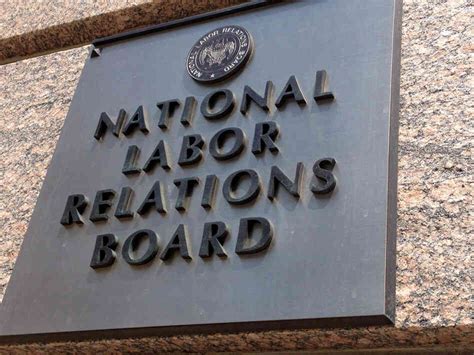September 23, 2013
By Steven Wishnia
Chanting “Keep the Post Office in the Bronx,” about 75 people rallied Sept. 21 to protest the U.S. Postal Service’s plans to sell the Bronx General Post Office.
The New Deal-era building, on the Grand Concourse at 149th Street, is one of about 500 post offices the Postal Service has put up for sale, says Jacquelyn McCormick of the National Post Office Collaborate.
In New York City, the Postal Service recently put plans to close 34 post offices on hold, says Chuck Zlatkin, political director of the New York Area Metro local of the American Postal Workers Union. It’s now planning to “relocate” them, he explains, because it can do that without holding hearings.
“It’s absolutely an agenda to shrink the Post Office,” says Metro APWU President Jonathan Smith. “It has nothing to do with how much they’re bringing in. You come in here every day, there’s lines coming out the door.” But the building is “prime real estate,” he adds.
The Bronx GPO sits at the biggest intersection in an area along the Grand Concourse area recently rezoned to allow 
Nationally, the Postal Service has hired the CBRE Group to handle sales, and its chair is Richard C. Blum, husband of Sen. Dianne Feinstein (D-CA). In what McCormick calls a “total sweetheart deal,” it’s about to sell the Stamford, Connecticut, post office to a developer for $2 million less than a local arts group offered.
Most of the Postal Service’s financial problems come from a 2006 law that requires it to pay for its pensions and health benefits 75 years in advance, says Rep. Jose Serrano (D-Bronx) who spoke at a forum before the rally. That law and selling off post offices, he added, are “all part of a belief by certain members of Congress that everything should be privatized, and that you can cut everything and still have a country that functions.” Serrano has introduced legislation that would increase scrutiny of the Postal Service selling buildings.
Smith accuses the Postal Service of “a strategy to discourage the public from coming in” and create resentment of 
“Now it takes four-five days to get my mail,” Pabon told the mix of union members, Occupy Wall street activists, and local residents at the rally.
Most of the post offices being sold have historic value, says McCormick, from both their architecture and their New Deal murals depicting local history and labor. The Bronx building, opened in 1937, contains murals painted by Ben Shahn and his wife, Bernarda Bryson Shahn. The city designated it a landmark in 1976.
“That building means a lot more than a place to mail a letter,” Pabon told the forum. He recalled working there as a teenager during the Christmas rush, and said the murals were the closest he got to an art museum when he was growing up. Zambian immigrant Anthony Munjili calls it “the best place we can send our stuff to Africa.”
“The Post Office is not a business,” says Gardner. “It’s a service for the people of the United States of America.”



